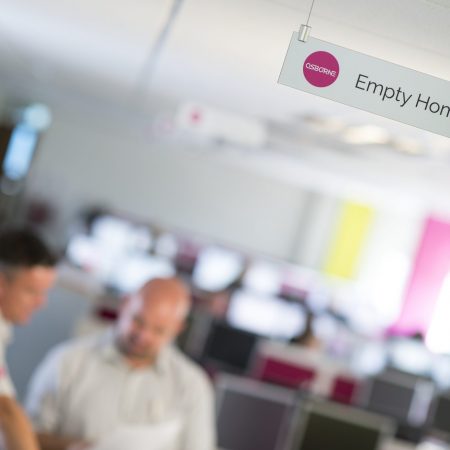Time Efficiency Leads to Cost Efficiency in Voids Management
Time Efficiency Leads to Cost Efficiency in Voids Management
As demand for affordable social housing grows and local authorities come under increasing financial pressure, minimising voids becomes an even greater priority. What is often less appreciated is that the tightly managed processes needed to cut time out of the repair and maintenance voids processes also lead to greater overall cost efficiency. There’s a double benefit to effective void management.
Across the sector, landlords lose just over 1% of rental income through voids. At an individual level voids can also mean hundreds of unoccupied homes that could provide accommodation for people who need them.
Acutely aware of the impact on waiting lists and income, Osborne has developed a fast-track key-to-key void process. Our service delivery objective is to consistently beat our clients’ target levels and to maximise the number of zero-day voids.
Project Management of Voids
Delivering significant and sustained improvement means bringing the best project management disciplines to bear, including modern IT and communications technology. Our IT system allows for sharing of information to manage voids more effectively.
Tracking key data points such as first-time fix rates, and total and average void lengths helps us to focus on critical aspects of the process where improvements will have the most impact.
The results of these process improvements are shorter void periods and greater overall efficiency. This generates direct financial savings that are passed on to support investment in new and improved housing stock.
Find out more about our Voids strategy here.
James Quy, Head of Operations

